Many north and north-east residents believe their local council should be doing more to stop urban gulls being a menace to society.
There are plenty of options out there, from culling and gull-proof bins to wacky ideas like bird birth control and “fire gel” – a harmless substance which looks like flames to gulls and works to deter them.
Some councils in Scotland are already implementing a few of these measures… But do they work?
And should Aberdeen, Aberdeenshire, Moray and Highland councils be taking note?
How Dumfries and Galloway solved its gull problem (sort of)
Dumfries and Galloway’s war on gulls started in a serious way back in 2008.
Gulls had already been causing problems for visitors and residents for a number of years, so the council set up an Urban Gull Task Force to come up with a solution.
The task force comprised members of the Scottish Government, NatureScot, an independent expert in gulls and officers from Dumfries and Galloway Council (DGC) who subsequently decided that, among other things, a free gull nest and egg removal service should be offered.
From 2009 onwards, residents could report gull nests to the council and a contractor would remove them free of charge.
A spokesman for the council said that the numbers of complaints received by DGC has decreased since the programme began and that “the people of D&G are far more informed about the role each of us plays in controlling gull nuisance”.
However although this has prevented gull populations from increasing so rapidly, it has not made a dent in the significant number of herring gulls which still live in Dumfries.
These gulls can easily live for around 15 years, and last year a petition was started by residents who want a more serious cull of living birds.
At the end of 2021 a new council report put forward 24 ideas to reduce gull numbers further.
Among the suggestions were bird birth control, the use of fire gel to repel birds and the introduction of foxes and minks to quell bird numbers.
The radical birth control option appears to have been inspired by Blankenberge, a Belgian seaside town which first put seagulls on birth control three years ago by doping their food.
Why was Elgin’s £11k egg removal project halted?
A similar egg removal scheme was set to be rolled out in Elgin this summer – but was cancelled after changes to licensing procedures made the scheme unworkable.
In 2019, the local authority launched an £11,000 pilot project for egg removal which covered 1,498 properties and some of biggest gull hotspots, including New Elgin Cemetery.
Contractors Specialist Vermin Control visited residential areas in New Elgin, Kingsmills and Lesmurdie to remove nests and eggs and locals said they noticed a positive difference.
After the trial (and the pandemic) it was expanded across the town this year as complaints about the birds soared.
However, the project was halted before it could even begin, reportedly due to the tightening up of licensing rules by NatureScot.
The rules mean individual property owners or occupiers need to apply for separate licences to clear birds from their roof, as opposed to one licence covering a designated area.
As for the rest of the region, a spokesperson from Moray Council said: “While there is no provision for largescale measures this year, we are reacting to individual issues in-line with our responsibilities as a landlord.
“A campaign is underway Moray-wide to encourage householders to undertake measures to deter gulls from nesting, to refrain from feeding gulls and to dispose of litter responsibly so as not to attract gulls.”
How much money does Aberdeen City Council spend on gull removal?
Aberdeen City Council started a small egg and nest removal scheme in 2018 in collaboration with Aberdeen Inspired.
Its focus is solely on the centre of the city and mostly based on removing nests from business premises.
“Unfortunately, this was interrupted by the impact of the Covid-19 pandemic,” said a council spokesperson.
Though it has resumed this year, the interruption to the project means that its impact has not been assessed yet.
Innes Walker, city centre manager at Aberdeen Inspired, said project involves the humane removal of seagull nests and eggs prior to the hatching season, all carried out during springtime under licence from NatureScot.
He said: “The project runs for four years and the impact will be assessed when it is concluded.
“It’s too early to see any real impact, but evidence suggests that where similar programs have taken place there has been a noticeable decrease in seagull activity.”
The cost of this is not yet known.
What is Aberdeenshire Council doing?
In 2017, Aberdeenshire Council seed-funded three schemes for egg and nest removal in Stonehaven, Peterhead and Huntly.
The plan was that once these schemes were off the ground, they would become self-sustaining long term through contributions from local businesses.
According to the council, the results were a “mixed success”.
While there did appear to be a slight reduction of gulls in the areas which were covered, there was concern the measures were simply moving the gulls from the town centre into more residential areas, which did not resolve the wider problem.
The schemes were run by community groups and due to Covid and a lack of enthusiasm from businesses these projects stalled.
“This year, officers have been engaging with community groups with a view to establishing whether there is scope to re-introduce these projects and potentially extend them into other areas which have significant urban gull populations,” said a council spokesperson.
“Aberdeenshire Council has identified £25,000 as seed funding to get these projects back up and running and details of the schemes will be finalised later this year.”
The council is expanding its strategy to identify why certain areas are more affected by the gulls, whether it’s more derelict buildings, trade waste, feeding of gulls or littering.
As part of its longer-term plans, an estimated £200,000 has also been earmarked for new gull-proof bins.
What is Highland Council doing about the seagulls?
When asked about its position on dealing with complaints about seagulls, a Highland Council spokesperson said: “We have no statutory duty to take action against any type of gull.”
However, the council has been working in partnership with Inverness BID to address seagull issues in Inverness city centre.
“This gull management project has operated for the last seven years and removed almost 11,500 eggs and nests from the city centre,” a spokesperson said.
This has prevented an estimated 600 additional gulls from fledging.
The project was halted during the pandemic but in February 2022 the City of Inverness Area Committee approved a further £12,000 to continue the Inverness Gull Project in 2022.
The council says it recognises that reducing gulls in the city centre is a long-term project.
If the funding was to stop and the project halted, it is estimated the gull population of Inverness would increase by 7% each year.
Regardless of the cost, any success will be priceless for residents who have been divebombed or kept awake at night by their winged neighbours.
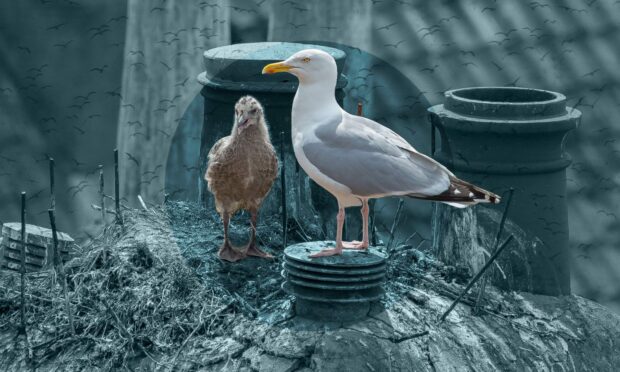
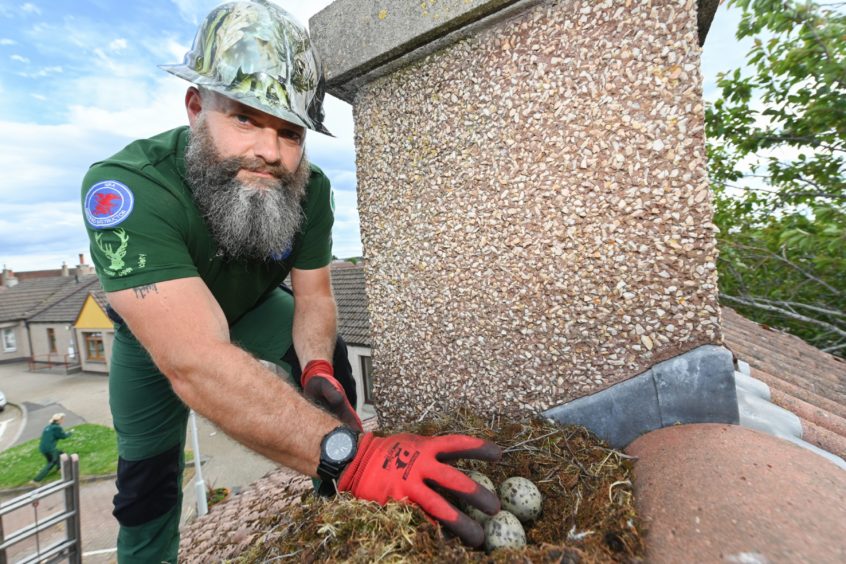
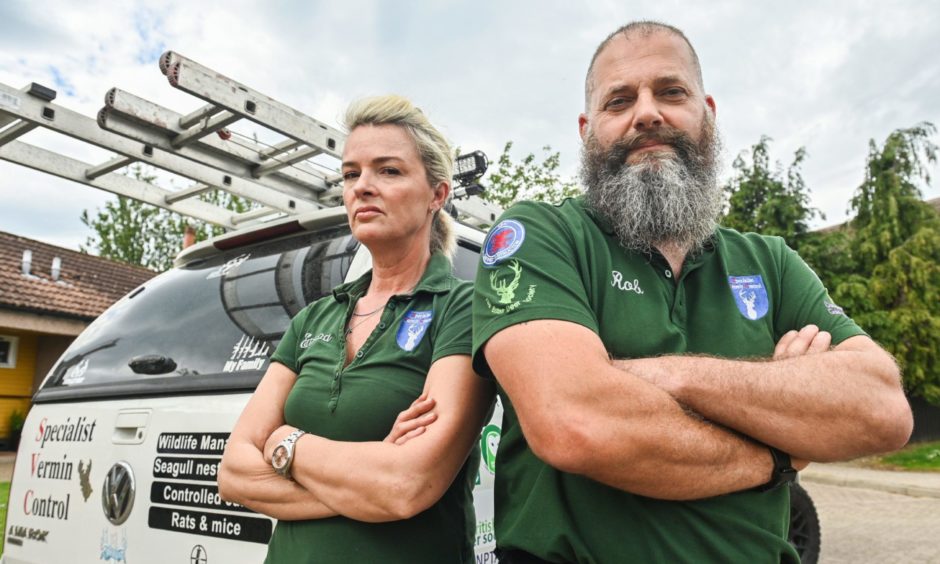
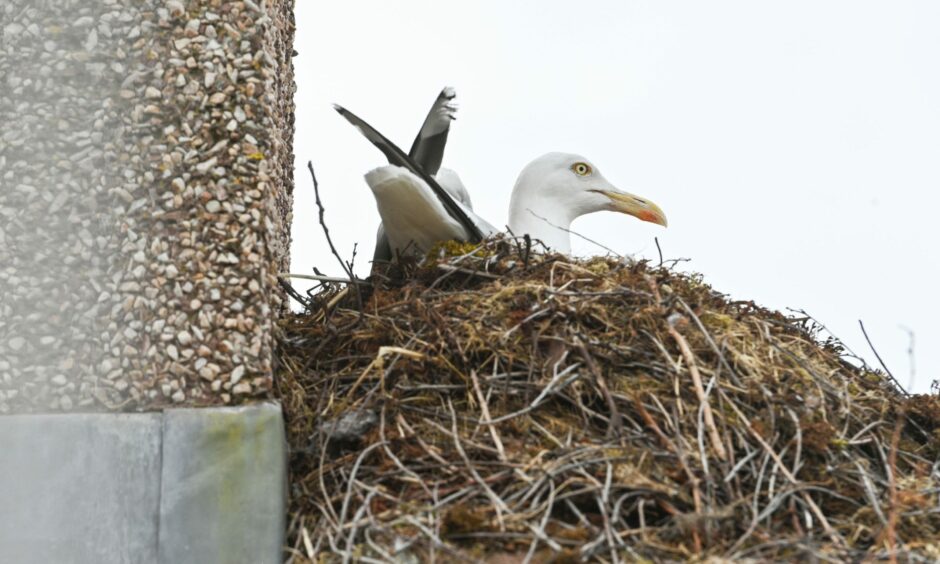
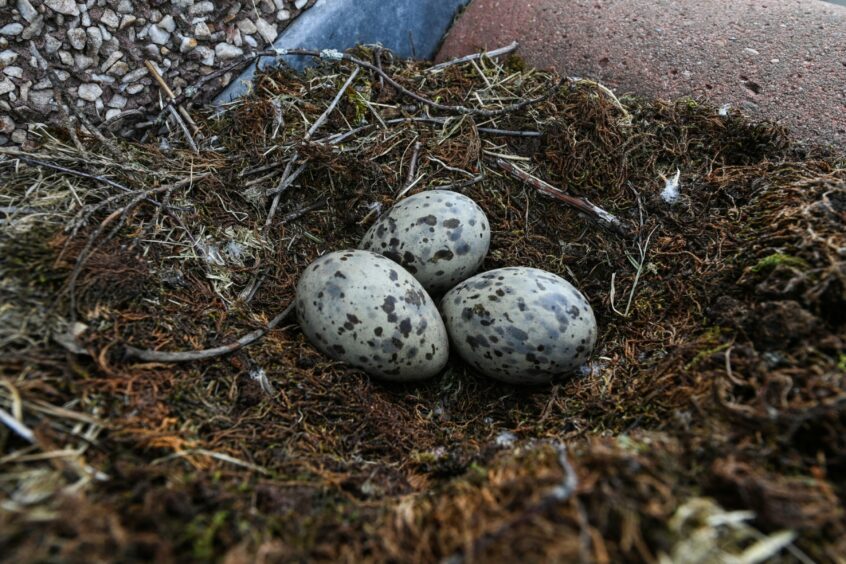
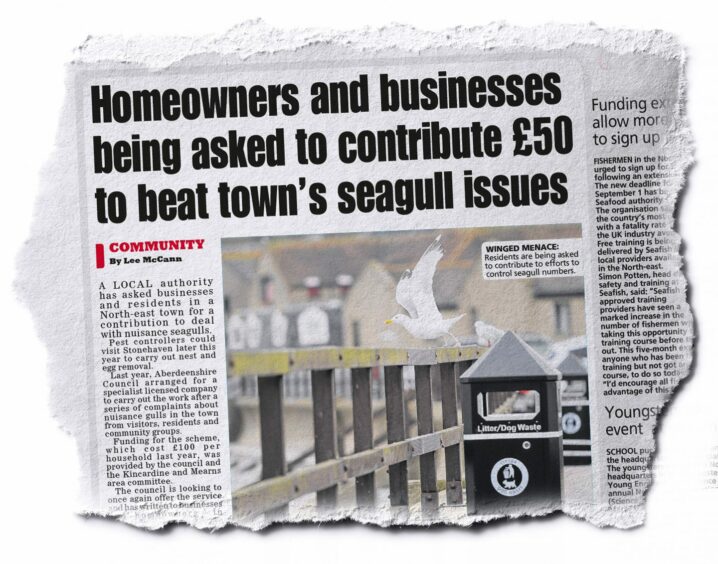
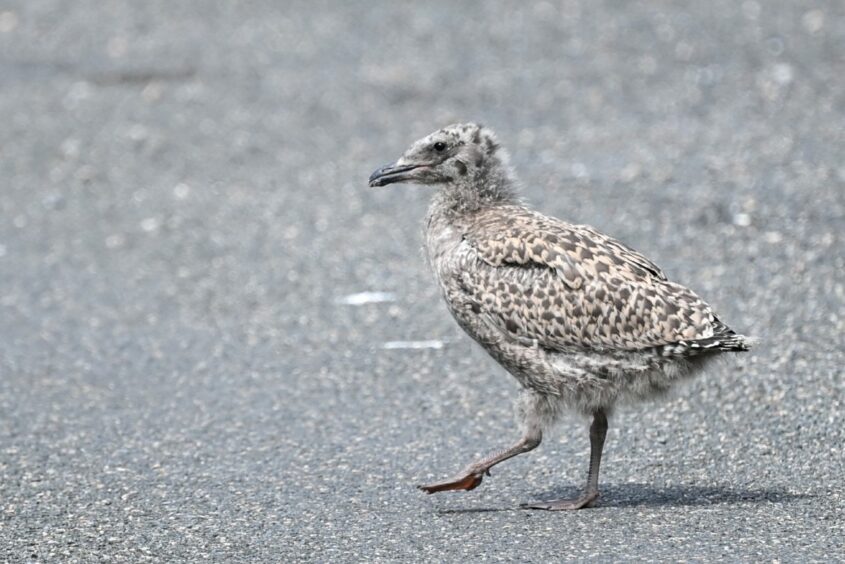


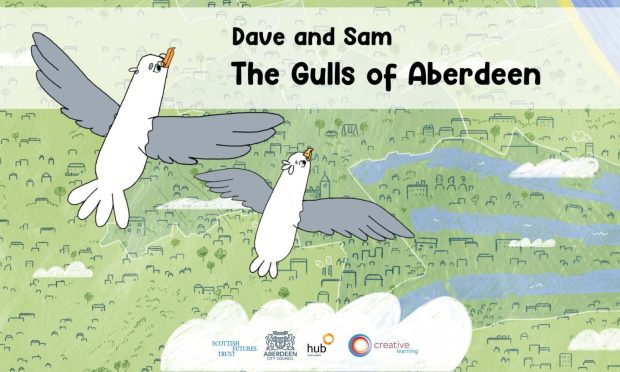
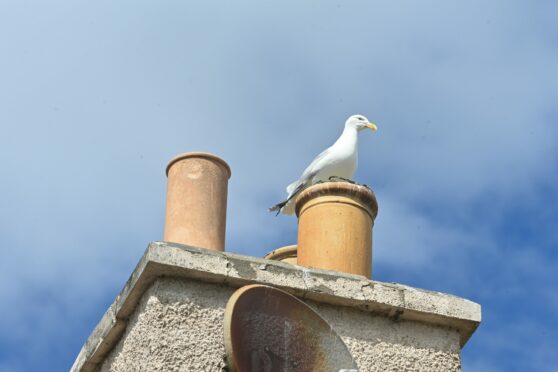
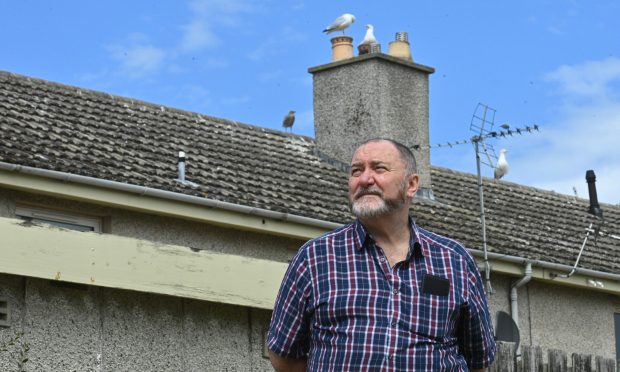
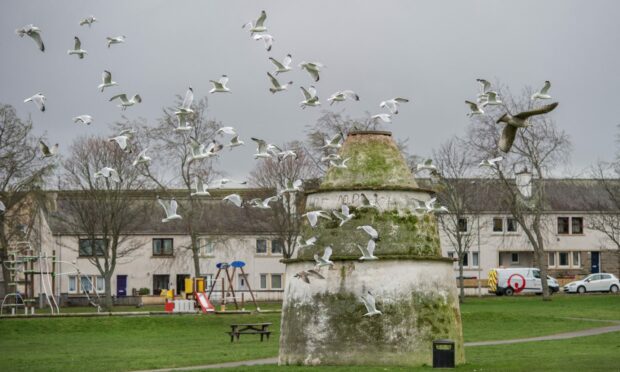










Conversation